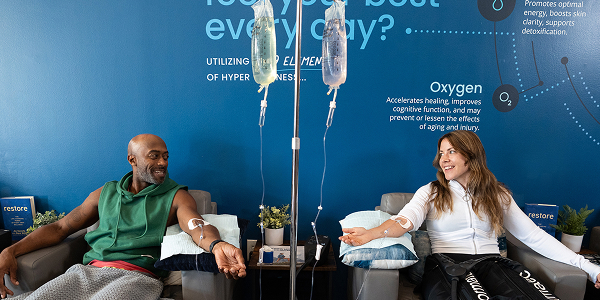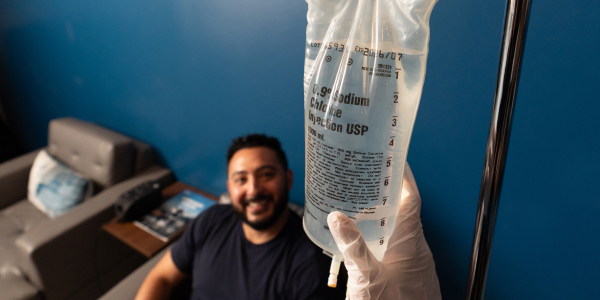Many years ago, in the dark times before I realized that I was in charge of my health, I was attending one of my first functional fitness classes when we were asked to warm up the psoas. I mumbled, “Huh,” and watched as my instructor laid down on top of a foam roller, with the corner pressing into his abdomen. He said, “You’ll feel some pressure, but once you get into the right spot, you’ll know.”
It was the understatement of the decade.
I laid atop my own foam roller, pushed into it near my belly button, and felt a new brand of instant soreness that I had managed to unknowingly live with for upwards of 30 years. It was a sharp pain, followed by immediate fatigue. By my own admittance, I am very bad at recognizing self care where it’s needed most. And the inattention to my tight, constricted psoas muscle was a symptom of that ignorance.
Welcome to the wild world of kinda sorta knowing how your body works.
What Is The Psoas Muscle?
The psoas muscle is one of three muscles that connect your spine to your legs, along with the gluteus maximus and piriformis muscles. From an anatomy standpoint, the psoas is one of the most important muscles in the body, serving as a bridge between your upper and lower body. The psoas attaches at your lower spine, crosses the outer edge of your pelvis and then reattaches at the femur. That’s a lot of work for one muscle. And this is skimming the surface of what the psoas does as a functional muscle. It helps you walk, but it’s also known widely as the “fight or flight” muscle, and becomes tighter in stressful situations.
So it’s chronically tight. And it’s also underused because we sit all day. And most of us don’t even know this muscle exists. Fortunately, awareness of the role of the psoas has risen over the past few years, thanks in part to functional fitness, stretching, and the viral campaign of the Pso-Rite on YouTube.
What Is The Pso-Rite Tool?
The Pso-Rite is a mobility tool that’s designed to target the psoas muscle by laying on top of it and “releasing” the muscle. The tool is made of hardened plastic and can be used on any tight part of the body. Just lay on it, let the soreness release away and know that you’re taking new steps towards self care. And it’s not just Pso-Rite. The Hip Hook is another great tool to help release the Psoas.
Both are, by design, not the most comfortable thing to lay on. But the discomfort is a small price to pay for added mobility and natural ways to curb muscle soreness. And in case tools are out of your price range, psoas release instructional videos using foam rollers or lacrosse balls are widely available via YouTube.
This is your Psoas primer. Get up, walk around and remember that it’s all connected. For further reading on the psoas and the impact it can have on your emotional well being, this book is a great place to start.
Have You Tried Compression?
While we're on the subject of muscle release, have you tried Compression at Restore? Compression may help your body improve the flow of blood and lymphatic fluid, boost recovery, circulation and healing. This relaxing treatment applies controlled, dynamic pressure to extremities like the arms, legs and hips using NormaTec Pulse Rx 2.0 technology—the gold standard in Compression. Intended to treat various lymphedema conditions, including venous insufficiency, and may help prevent deep vein thrombosis in sessions of just 30-60 minutes each.






